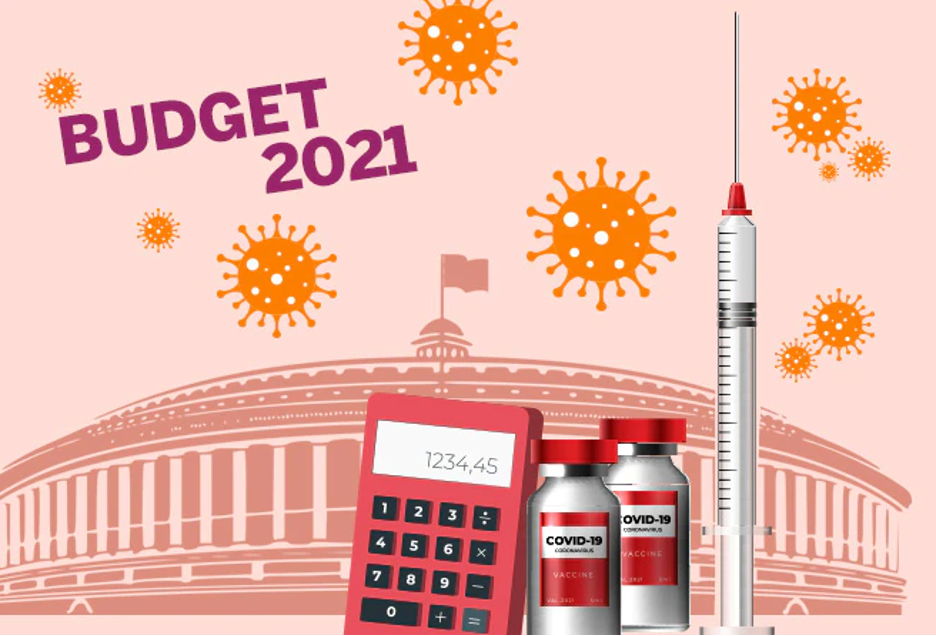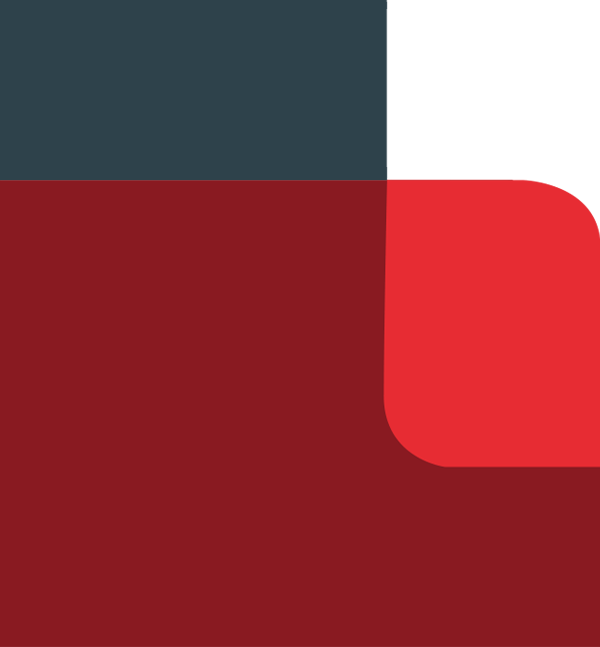Written by Hélène Barroy, Federica Margini, Triin Habicht, Tomas Roubal, Peter Cowley and Joseph Kutzin
As COVID-19 vaccines are rolled out globally, the number one question for many low-and-middle income countries is how much it is going to cost to procure and deploy the vaccines. While the question “how much?” is a legitimate one to consider, especially given the fiscally constrained environment, another key question— “how to?”—requires careful attention as well. Figuring out how to channel necessary funds towards the vaccine roll-out is as important as determining the cost of the roll-out itself. For this, Public Financial Management (PFM) becomes highly relevant as it is what supports the last mile distribution of a predominantly publicly funded and managed public good.
Preliminary country evidence indicates that PFM bottlenecks, regularly encountered in the health sector during normal times, are also affecting COVID-19 vaccination plans. Some of the key issues include: How are vaccines and vaccination delivery costs formulated in budget structures? How will funds flow to health service providers to cover operational costs? What are the rules for hiring and contracting temporary vaccinators? How will providers be incentivized for vaccination services? How can reporting mechanisms ensure financial accountability for vaccination-related expenditures?
This article describes PFM “stress points” in each phase of the budget cycle that may arise throughout the vaccine roll-out. The article also uses country examples to illustrate possible ways to overcome these barriers.
Budget execution and spending modalities
- Central and subnational spending authorization: Cumbersome and multilayered spending authorization processes, across administration levels, can hamper efficient health spending. Prior to the vaccine roll-out, several countries, like India, adjusted modalities to allow public funds for COVID-19 goods and services to be disbursed more readily upon appropriation. The same procedures continue to apply, in several countries, for vaccination-related spending to accelerate funds disbursement. In Ukraine, authorities have also simplified procedures for budgetary transfers to subnational levels and purchasing entities in charge of vaccination, to allow for the rapid deployment of resources for vaccination.
- Procurement rules: Procurement processes can sometimes stand in the way of efficiently procuring COVID-19 vaccines and other related products. Most countries use emergency procurement processes to purchase vaccines and some non-vaccine-related items (e.g. medical supplies, cold chain). These emergency processes generally allow for direct negotiations with vaccine manufacturers and remove the competitive bidding process. When emergency procurement provisions were not comprehensive enough, some countries like Morocco and the Philippines, adopted further regulations for these emergency purchases to allow sole source contracting and advance payments to vaccine manufacturers. However, when these contracts and payment amounts are kept secret, the process has raised concerns with regards to financial transparency and accountability.
- Provider contracting modalities: Rigid personnel recruitment and contracting policies can hamper the efficient roll out of vaccines. In many cases, there are rigid frameworks—or in some cases, no frameworks at all—for contracting private providers in the health sector. Some countries are updating their regulatory frameworks to make tendering easier while ensuring that contracted providers are still held accountable for outputs. In Estonia, additional private providers have been contracted to vaccinate front-line workers. The Estonian Health Insurance Fund held an open call to identify new providers and developed a new contract template to ensure their work aligned with vaccination requirements.
- Payment and incentives to providers: A lack of or inconsistent incentives for providers may alter how effectively vaccines are deployed. Revising payment methods to support vaccine delivery can help mitigate the problem. In Ukraine, the government added a vaccination performance fee to the current capitation payment for primary care providers. In other countries, an extra fee-for-service was introduced to incentivize the supply; in Estonia the fee-for-service goes to family doctors while in Italy it goes to pharmacists.
- Rules for resource use by providers: Front-line health workers are often handcuffed by a lack of direct access to operational funds, as well as cumbersome authorization and reporting rules (generally by the consumption of specific inputs) when resources are made available. Several countries have started to update their PFM frameworks to allow front-line workers to receive and manage public funds directly, including for the vaccine roll-out and COVID-19 related goods and services. For instance, the Philippines implements the Bayanihan to Heal as One Act which allows for prospective payments by the main purchasing agency, Philhealth, to more than 700 eligible facilities. Other countries that do not rely on separate purchasing agencies are also considering a revision of regular PFM mechanisms to empower the frontlines and allow them to receive and manage public funds directly.
Expenditure reporting and accountability
- Tracking vaccination expenditure: Weak reporting systems, multiple reporting processes, and a narrow or incomplete view of vaccination-related spending can create challenges for financial accountability. Some countries, like Ghana, have started to assign special codes for COVID-19 vaccination expenditure in their Financial Management Information System (FMIS). In other countries, when a program structure allows, budget tagging systems are used to track vaccination-related activities and spending. In Estonia, budget tagging for COVID-19 vaccination expenditure helps to identify relevant expenditures in the government’s budget system and, ultimately, to ensure financial accountability.
A more detailed mapping of these challenges and possible solutions is available on the WHO PFM Portal.
Note: An earlier version of this article was posted on the IMF PFM blog on April 26, 2021.
Budget planning and formulation
- Budget estimates: Uncertainties around the cost of COVID-19 vaccines, their availability and their uptake have exacerbated the typical disconnect between costing and budgeting in health. While most countries have a costed deployment plan, very few regular budgets for 2021 include provisions for COVID-19 vaccination. Some countries are now considering the adoption of supplementary budgets to include vaccination related expenditures; others, like Ghana, postponed the adoption of the 2021 budget to March 2021 to be able to include COVID-19 vaccine procurement and operational costs.
- Budget planning: Most countries struggle to define a medium-term vision for budget planning and to align allocations with longer-term vaccine deployment needs and other priority health needs. In addition, where budget provisions for COVID-19 vaccination do exist, they are often fragmented. It is possible for health ministry budget provisions for vaccination to co-exist with allocations to an extra-budgetary fund (as in Mauritius and its National COVID-19 Vaccination Program Fund) and/or through a special Presidential envelope. To reduce fragmentation, South Africa consolidated COVID-19 vaccination spending in the Medium Term Expenditure Framework (MTEF) for FYs 2021-2023, while the country pursues a flexible scenario-based budgeting approach for annual updates.
- Budget structure: If routine immunization allocations are any indication, input-based budgeting may create rigidities for COVID-19 vaccination resource management, with separate line-items for vaccines, cold chain and support staff. Several countries have created a temporary program line that groups all inputs related to COVID-19 vaccination together. In Georgia, for instance, costs related to vaccination are included in the state budget as part of a new COVID-19 budgetary program to make resource management for COVID-19 vaccination more flexible (re-allocations are made possible within the program envelope) and provide a clear audit trail.
- Budget holders: To enable full budget execution, each budget holder in the multi-stakeholder response must be clearly defined and their vaccine-related expenditure properly coordinated and tracked. In South Africa, the COVID-19 vaccination budget allocations are clearly split between national budget holders (primarily the National Department of Health) for vaccine procurement and provincial departments of health for implementation-related expenditures. In other countries, budget is, sometimes, allocated to the main purchasing agency – the national health insurance fund – for the reimbursement of the full distribution costs (Czech Republic), or to cover provider-related costs only (Korea), while other central departments (e.g. defense, education) and agencies (e.g. centers for disease control) may receive subsidies to support additional spending related to vaccination campaigns. Clarity on budget holders is critical for a coordinated response, as well as for financial accountability.


